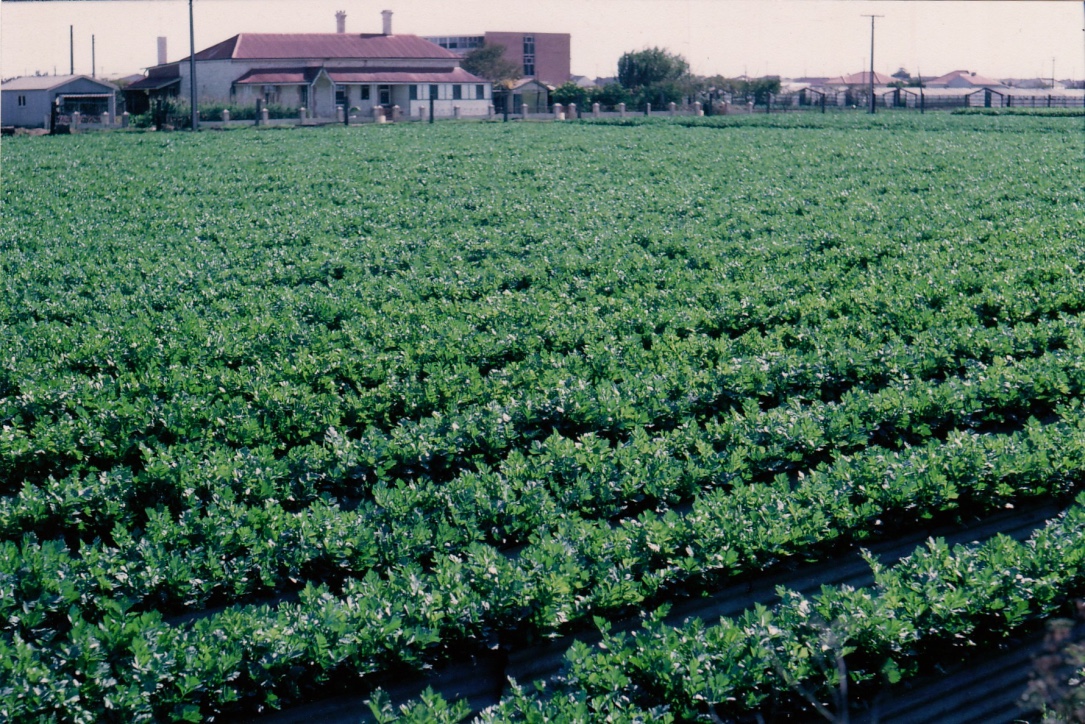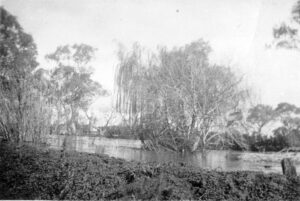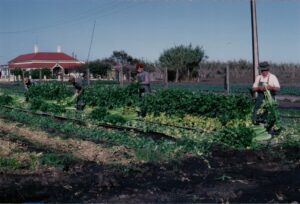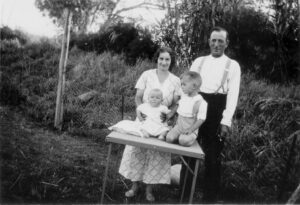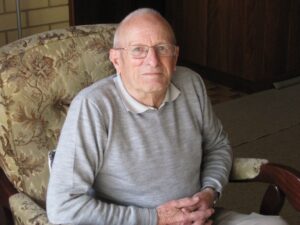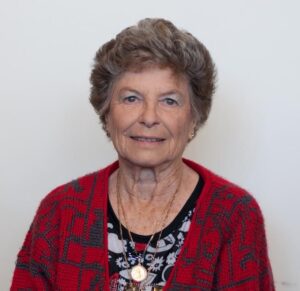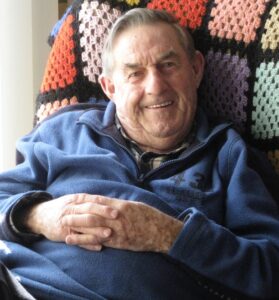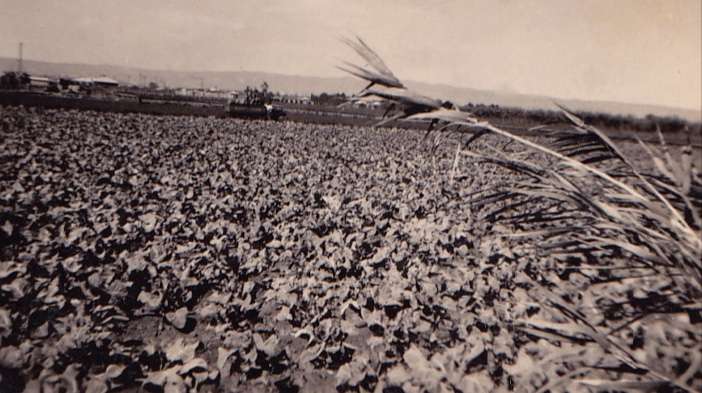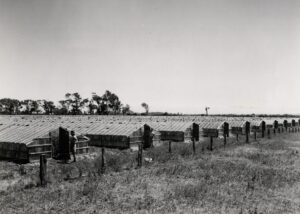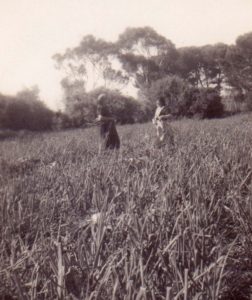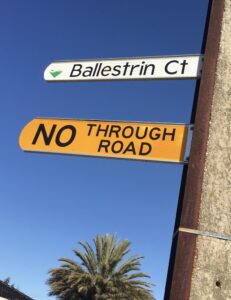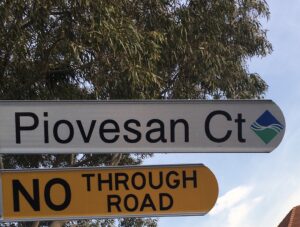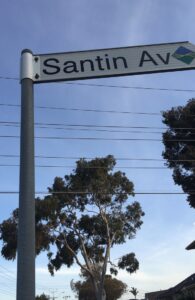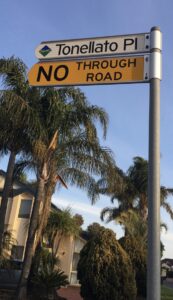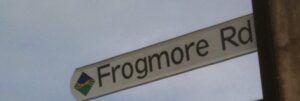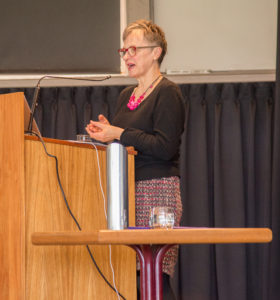
I have known Madeleine for 50 years and always known her to have a great interest in multiculturalism. She has a great affinity for Italians and Italian culture. Perhaps this reflects her Irish heritage. Her Irish ancestors, like many Italians, were a migratory people searching out new lands for a better life for their families.
It was a sunny afternoon in 2007 when Madeleine met with Johnny and Eleonora Marchioro who owned a market garden at Bolivar. Johnny’s father had arrived in Australia in 1927 and became a market gardener on Frogmore Road. Through this encounter she discovered that the market gardeners included descendants of a group of 19 veneti had arrived in Adelaide from seven comuni in the Veneto region between 1926 and 1928.
Madeleine was fascinated to learn that many Italians had lived in South Australia before World War II. So began this oral history research project that has led to this website and the resources it provides. However, to simply say this is a research project is an understatement, it is a labour of love built on deep and trusting relationships developed over many years. It is deeply personal as she tells the stories of this community with care and integrity.
This project and the website are recognised as a site of cultural and historical significance and as such Madeleine was encouraged by many to undertake academic study. For the past few years Madeleine has been writing her Doctoral thesis at Flinders University. Earlier this year she completed her 100,000-word thesis and submitted it for examination. She titled her thesis “‘I buy this piece of ground here’: Establishing family market gardens and transplanting Veneto identity in Adelaide’s western suburbs 1920s – 1970s.”*
Recently Madeleine received feedback from her examiners, and it will come as no surprise to anyone connected with this work and who knows Madeleine’s capabilities, they were extremely impressed. Her work was successful and received very favourable comments. Below are some of the comments made by her examiners.
This is a successful and engaging piece of community history; in many ways, the thesis itself is only comprehensible within a much wider array of ‘history-making’ by the author in collaboration with those she calls her narrators.
This is an admirable thesis and a formidably detailed piece of research. It is clearly a continuing project, in which the thesis is a landmark, but neither the beginning nor the conclusion. The result will be an immensely valuable set of resources for people who desire to preserve – and to celebrate – their heritage, as well as for other historians.
This is a timely intervention, as we live a time of undoubtedly receding multiculturalism, and has the potential to contribute to important ongoing debates about community formation and belonging. It also has the welcome potential to exceed the bounds of academic discussion – this is useful scholarly work.
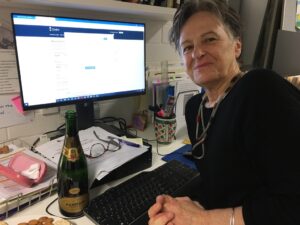
Madeleine now has the task of ‘tidying’ up the final document for submission to be housed in the Flinders University’s library to made available to other researchers and historians.
Personally, and I am sure the readers and followers of this website would join me, in congratulating Madeleine in not only achieving her Doctorate but for the great work she has done and continues to do as she researches and writes about those who bought ‘this piece of ground here’.
Congratulations, soon-to-be-conferred Dr Madeleine Regan.
Michael Campbell
Website Administrator
* Madeleine used the quote, ‘I buy this piece of ground here,’ which are words spoken by Vittorio Marchioro in an oral history interview for a project in 1984.
